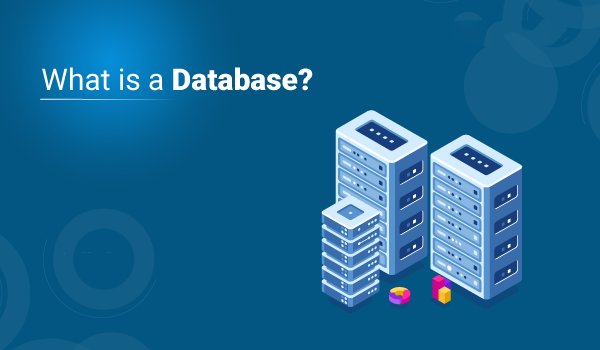-
What Is Database
Before we learn about a database (DB), let us understand
What Is Data?
In simple words, data can be facts related to any object in consideration. For example, your name, age, height, weight, etc. are some data related to you. A picture, image, file, pdf, etc. can also be considered data.
What Is A Database?
A database is a systematic collection of data. They support electronic storage and manipulation of data. Data bases make data management easy.
Let us discuss a data base example: An online telephone directory uses a DB to store data of people, phone numbers, and other contact details. Your electricity service provider uses a DB to manage billing, client-related issues, handle fault data, etc.
Let us also consider Facebook. It needs to store, manipulate, and present data related to members, their friends, member activities, messages, advertisements, and a lot more. We can provide a countless number of examples for the usage of databases.
Types Of Databases
Here are some popular types of data bases.
Distributed Databases:
object-oriented relational DBMS.
Centralized Database:
It is a centralized location, and users from different backgrounds can access this data. This type of computers data bases stores application procedures that help users access the data even from a remote location.
Open-Source Databases:
There are so many advantages of a cloud DB, some of which can pay for storage capacity and bandwidth. It also offers scalability on-demand, along with high availability.
Data Warehouses:
Data Warehouse is to facilitate a single version of truth for a company for decision making and forecasting. A Data warehouse is an information system that contains historical and commutative data from single or multiple sources. Data Warehouse concept simplifies the reporting and analysis process of the organization.
NoSQL Databases:
NoSQL database is used for large sets of distributed data. There are a few big data performance problems that are effectively handled by relational databases. This type of computers DB is very efficient in analyzing large-size unstructured data.
Graph Databases:
A graph-oriented data base uses graph theory to store, map, and query relationships. These kinds of computers data bases are mostly used for analyzing interconnections. For example,
Hierarchical:
This type of DBMS employs the “parent-child” relationship of storing data. Its structure is like a tree with nodes representing records and branches representing fields. The windows registry used in Windows XP is a hierarchical DB example.
Network DBMS:
This type of DBMS supports many-to-many relations. It usually results in complex DB structures. RDM Server is an example of DB management system that implements the network model.
Database Components
There are five main components of a database:
The hardware consists of physical, electronic devices like computers, I/O devices, storage devices, etc. This offers the interface between computers and real-world systems.
This includes the DB software itself, the Operating System, the
Procedure are a set of instructions and rules that help you to use the DBMS. It is designing and running the DB using documented methods, which allows you to guide the users who operate and manage it.
. The user writes some specific commands in a DB access language and submits these to the DB.






